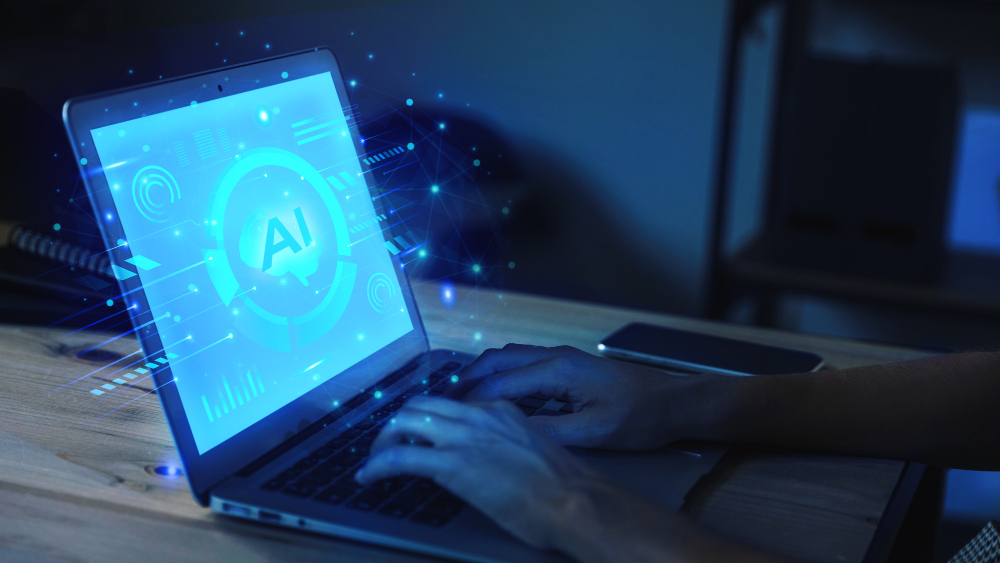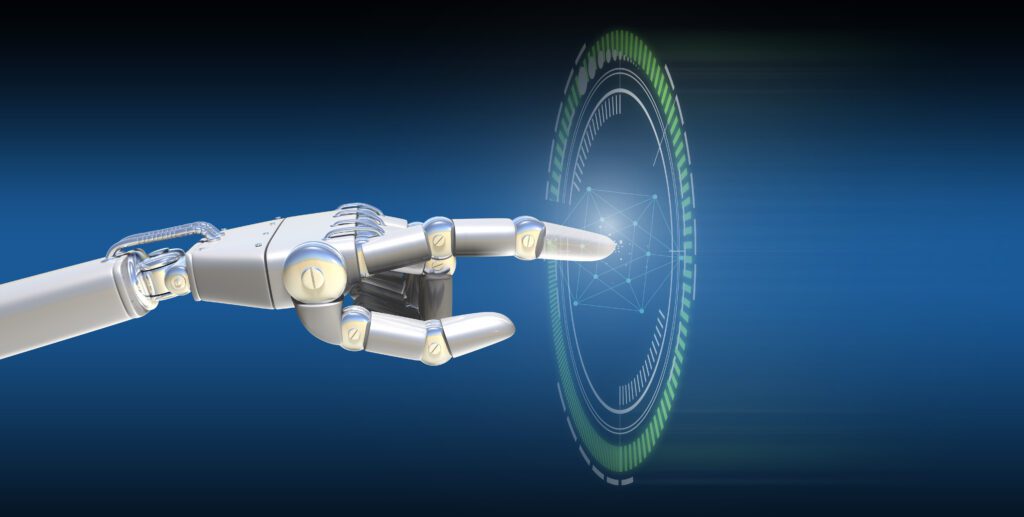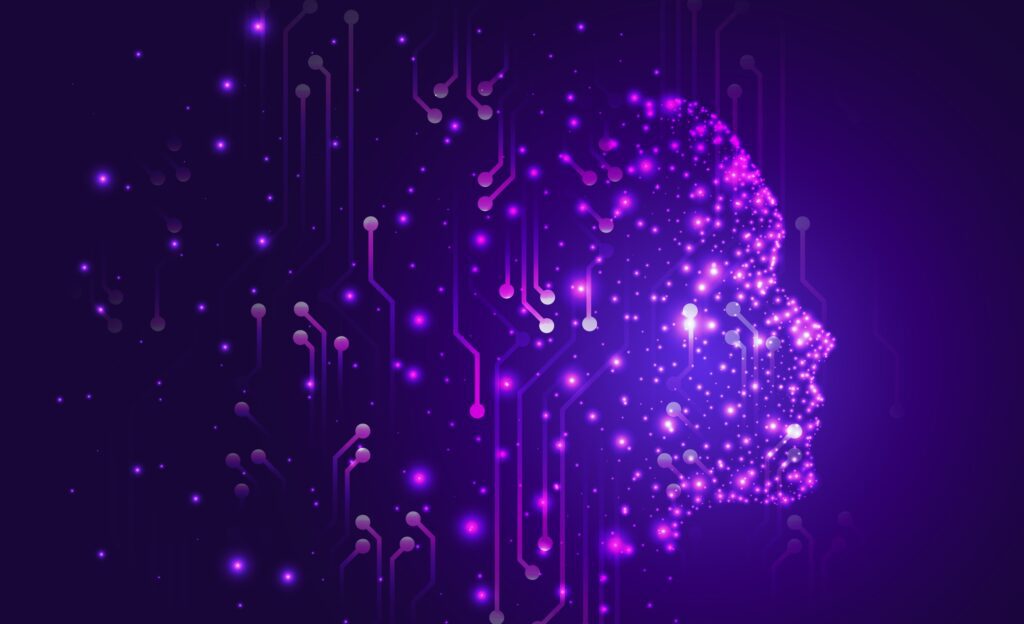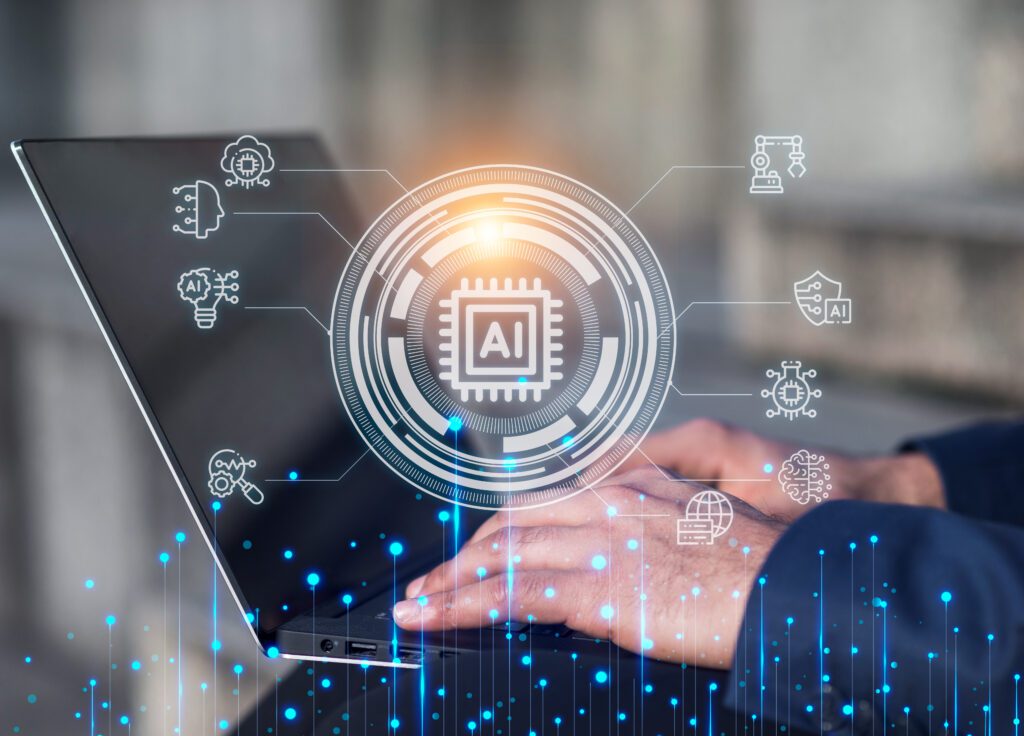OpenAI’s Sora is just announced, and it is already breaking the internet with its incredible and unbelievable abilities. Before Sora, OpenAI also released ChatGPT that was a real shift of the way we use internet. Sora is here to do the same, by making us able to generate AI videos from text commands. In this article we will talk all about OpenAI’s Sora and how is it better than any other AI video generator out there.
What is OpenAI’s Sora?
Sora is the most recent product of OpenAI that is capable of generating the most realistic AI videos. Some other AI video generators like Pika and Stable Video Diffusion does the same but are not as good as the initial results of Sora are proving it to be. OpenAI’s Sora is able to generate a video from a text prompt as well as, can get an image as input and bring it to life.
Moreover, Sora can change or extend the background of a video, just like Photoshop AI can add a background to a picture. It can generate complex scenes with multiple characters and specific types of motion. It is so good at its job that people may deny that this video is generated by AI and may perceive it as real-life video shot by a camera.
How does OpenAI’s Sora work?
OpenAI’s Sora is a diffusion model like DELL.E and stable diffusion. Sora starts by generating random pixels that look like random noise and gradually generates an image by removing the noise with many steps and then combines those images and generates realistic videos.
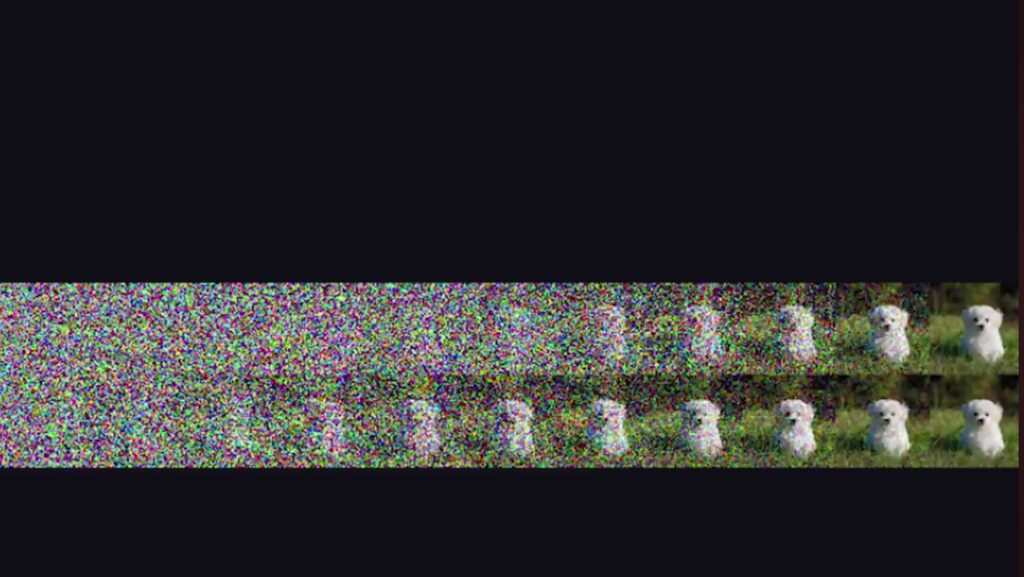


OpenAI’s Sora works on a similar principle as large language models but instead of tokenizing text, it tokenizes visual patches to generate images. Sora is based on research of DELL.E and GPT models and uses a recapturing technique from DELL.E 3. While other models crop the training data, Sora is trained on native aspect ratio which is the reason behind OpenAI’s Sora results.
Why Sora is better than any other AI Video Generator?
Other AI video generators face limitations like generating high-definition videos, or flexible aspect ratios. Video duration is also a big limitation for other similar programs. Sora, however, comes with none of the mentioned limitations. It can generate high-definition, 60 fps videos. Also, the output videos by OpenAI’s Sora are realistic and can be up to a minute long. Sora can maintain cohesion and can generate videos in different aspect ratios which other AI video generators cannot do.
It can generate complex videos, multiple characters, specific types of motions, and accurate details of the subject and background which is nearly impossible for other AI video generators at this moment. You can see in the following video that a woman is walking in Tokyo city and a complex background and multiple characters. And yes, the video is totally generated by OpenAI’s Sora.
Drawbacks to Consider
Even though Sora is very powerful, it also comes with some drawbacks. At the end of the day, it is an AI model, and it is not perfect. Here are some of its imperfections.
- Expensive: Sora requires a lot of GPU power to generate such videos. If an image is 1000*1000 pixels and 3 colors there are 3 million data points and to generate a 1-minute video with 60fps then there will be more than 10 billion data points. This makes OpenAI’s Sora very expensive.
- Trouble in understanding: Sora may sometimes have trouble understanding and may not be able to make complicated things look real. For Example, someone took a bite from a cookie and it does not show bite marks on the cookie. Sora can also mix up right and left. You can see in the following video that a man is running backward on a treadmill which is not logical.
How to Access OpenAI’s Sora?
Unfortunately, Sora is not available for public use yet. It is only available for some selective users like filmmakers, visual artists, and designers to get their feedback. The reason behind this is, if Sora is made accessible for everyone, people will use it for their cause, harming others. However, at this point, OpenAI is taking several security steps to maintain the safety of Sora. It might take time, but OpenAI’s team claims to release Sora publicly only once they are sure its usage can’t be exploited for bad causes.
Sora has a detection classifier that detects misleading content. The detection Classifier will check every prompt and may reject some prompts that violate usage policies like violent, hateful, and adult content. OpenAI has also created robust image classifiers that review every single frame of video before presenting it to the user. They are also planning to implement the C2PA technique. C2PA gives publishers, consumers, and creators the ability to track the origin of any media.
Frequently Asked Questions
Here are some Frequently Asked Questions
- What limitations we will have to face while using Sora?
Even though Sora is very powerful it still has some limitations. Sometimes it cannot render the complex sense. For Example in a video clapping hand start to act very differently because they could render properly. In another video when basketball touches the basket there is an explosion.
- What will be the pricing model of Sora?
Since Sora is not available to the public yet, its price has not been announced, but it is highly unlikely that it will be free or cheap like any other OpenAI tool. It probably will be very expensive since it requires a lot of GPU and power.
Conclusion
OpenAI’s Sora is a very powerful AI video generator that can make very realistic videos from a prompt or an image. This will revolutionize the process of video creation and will make it fast, easy, and cheap.
Also Read: ChatGPT Blank Screen Issue – Reasons and 5 Solutions
